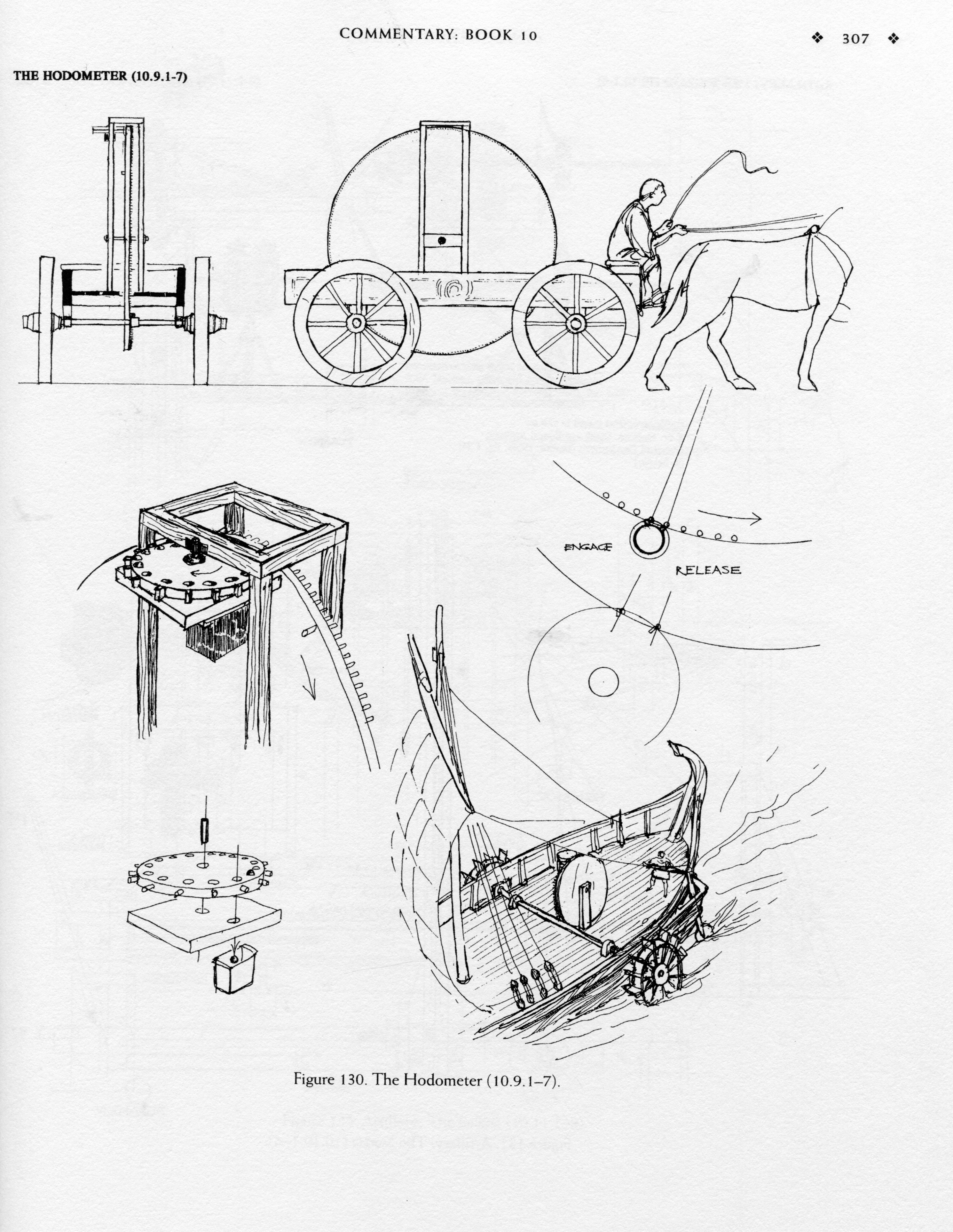
Title: Christoph Scheiner and the Transformation of Vision: From Philosopher to Physiologist of the Eye
In the early 17th century, progress in optics and anatomical comprehension converged to redefine scholars’ perceptions of vision. Two prominent figures emerge during this pivotal era of scientific progress—Johannes Kepler and Christoph Scheiner. While Kepler receives rightful acclaim for his groundbreaking theory that the eye operates akin to a camera obscura, it was Scheiner, a Jesuit academic and polymath, who advanced and refined Kepler’s revolutionary insights into a comprehensive and experimentally validated theory of vision. Through his work Oculus, hoc est: Fundamentum Opticum (1619), Scheiner transformed the anatomical and optical comprehension of human sight and set the stage for subsequent advancements in psychological optics and ophthalmology.
The Paradigm Shift Commences: Kepler’s Optics
Johannes Kepler’s contributions to optics intertwined with his astronomical endeavors, notably in his Ad Vitellionem Paralipomena (1604) and Dioptrice (1611). He was the first to accurately theorize that images are constructed not in the lens (as was previously assumed), but on the retina at the back of the eye. This proposition stemmed from anatomical models created by Johannes Jessenius and Felix Platter, along with analogies to the camera obscura.
Despite the elegantly logical and mathematical nature of Kepler’s theory, many of his contemporaries initially resisted his concepts. The image created on the retina is inverted, posing a physiological dilemma: how does the mind rightly interpret an upside-down image? Kepler resolved this by suggesting that the brain reinterprets the image into an upright perception—a conceptual leap that hinted at the interconnected nature of optics, physiology, and psychology.
Introducing Christoph Scheiner: From Astronomy to Optics
Christoph Scheiner (1573–1650), more widely recognized as Galileo’s competitor in the discovery and interpretation of sunspots, expanded upon Kepler’s optical theory through systematic experiments and accurate anatomical insights. In his major work on vision, Oculus (1619), Scheiner utilized both his Jesuit training in Aristotelian empiricism and his proficiency as an observer and instrument maker.
Scheiner’s work transitioned decisively toward a mechanistic and anatomically precise understanding of the eye. While Kepler established the theoretical foundation with optical principles, Scheiner introduced practical anatomy and experimentation.
A Revised Understanding of the Eye
Scheiner’s Oculus commenced with an intricate anatomical examination of the eye, building on (and correcting) earlier representations by renowned anatomists Andreas Vesalius and Felix Platter. While Vesalius had characterized the vitreous, crystalline (lens), and aqueous humours, the configuration was not fully accurate. Platter, whose anatomical model had influenced Kepler’s assumptions, highlighted the retina but continued to propagate Vesalius’s structural inaccuracies.
Scheiner’s corrections encompassed:
– Placing the crystalline lens just behind the iris—its actual position.
– Relocating the optic nerve from the eye’s center to its correct nasally situated entry point.
– Revising the cornea’s shape theory to a non-spherical geometry, proposing it is either parabolic or hyperbolic.
These adjustments brought anatomical illustrations significantly closer to contemporary ophthalmological models.
From Anatomy to Experience: The Importance of Experimentation
A defining characteristic of Scheiner’s Jesuit education was his integration of philosophy—particularly Aristotelian empiricism—with empirical observation. By differentiating between experientia (observed experience) and experimentum (intentional experimentation), Scheiner initiated a purposeful connection between observation and theory.
His Oculus presented 11 thorough “experientiae”—detailed accounts of repeated, controlled observations aimed at demonstrating visual phenomena. These included:
– Pupillary reaction: He illustrated that the pupil reacts not only to light levels but also to objects approaching the eye—even when light intensity remains unchanged.
– Crossed rays: A series of innovative viewing experiments using oblique plates and small apertures reinforced Kepler’s notion that rays entering the eye cross and create an inverted image on the retina.
Importantly, some of the methodologies and diagnostic techniques described in Oculus remain pertinent today, and his devices are even reflected in the terminology and practices of modern ophthalmology.
Identifying the Retina as the Core of Vision
In Books II and III of the Oculus, Scheiner explored and dismissed other internal surfaces of the eye (such as the lens or aqueous humour) as the central location of vision. Through a process of elimination and optical modeling—including the construction of retinal cones of vision that mirrored Euclidean geometric optics—Scheiner definitively located visual reception in the retina, embracing and enhancing Kepler’s retinal theory.
The strength of this model lay in its alignment with the developing science of dioptrics: it provided clarity not only regarding visual anatomy but also about the functionality of eyeglasses, telescopes, and magnifying instruments.
Misplaced Recognition: The Case of the In
